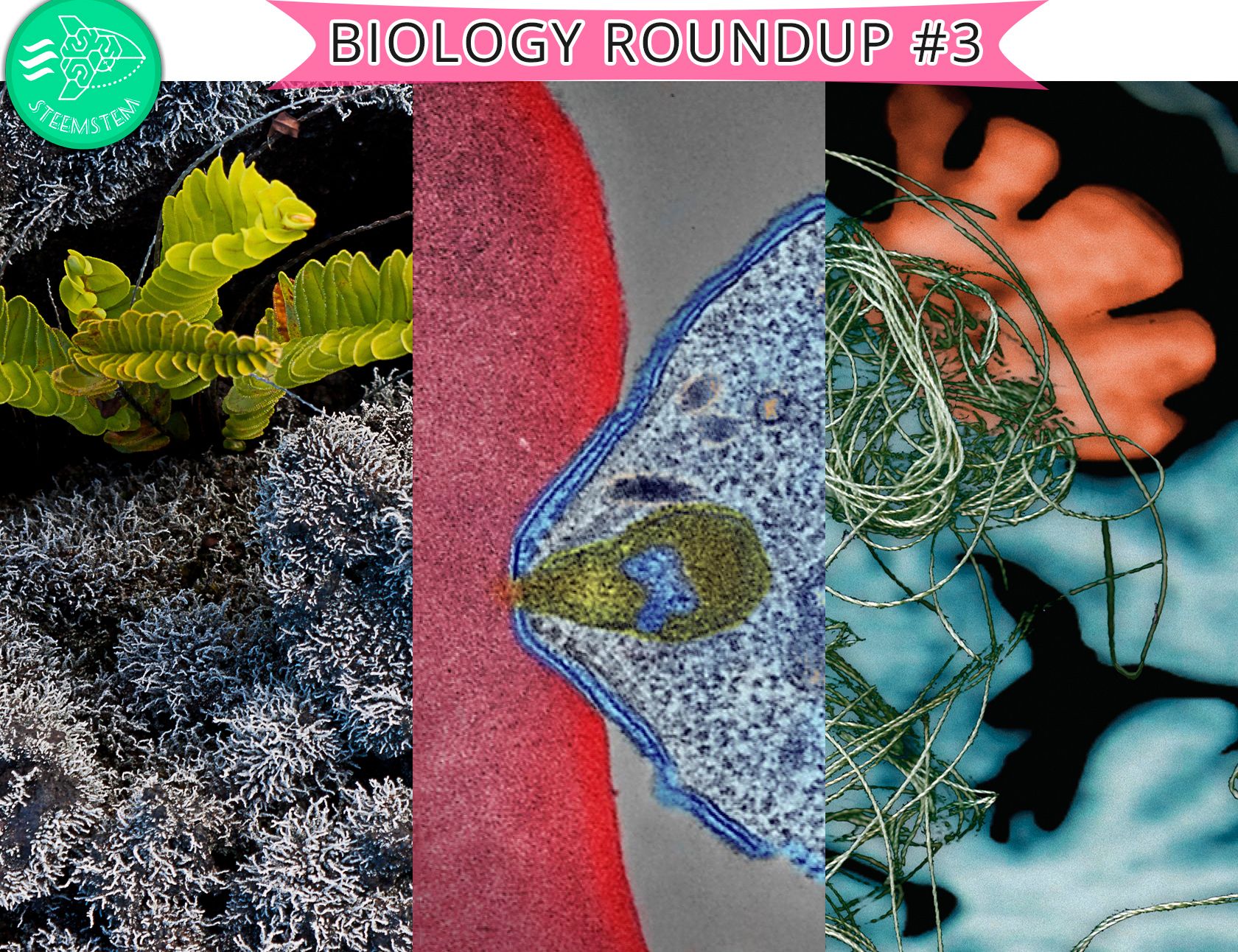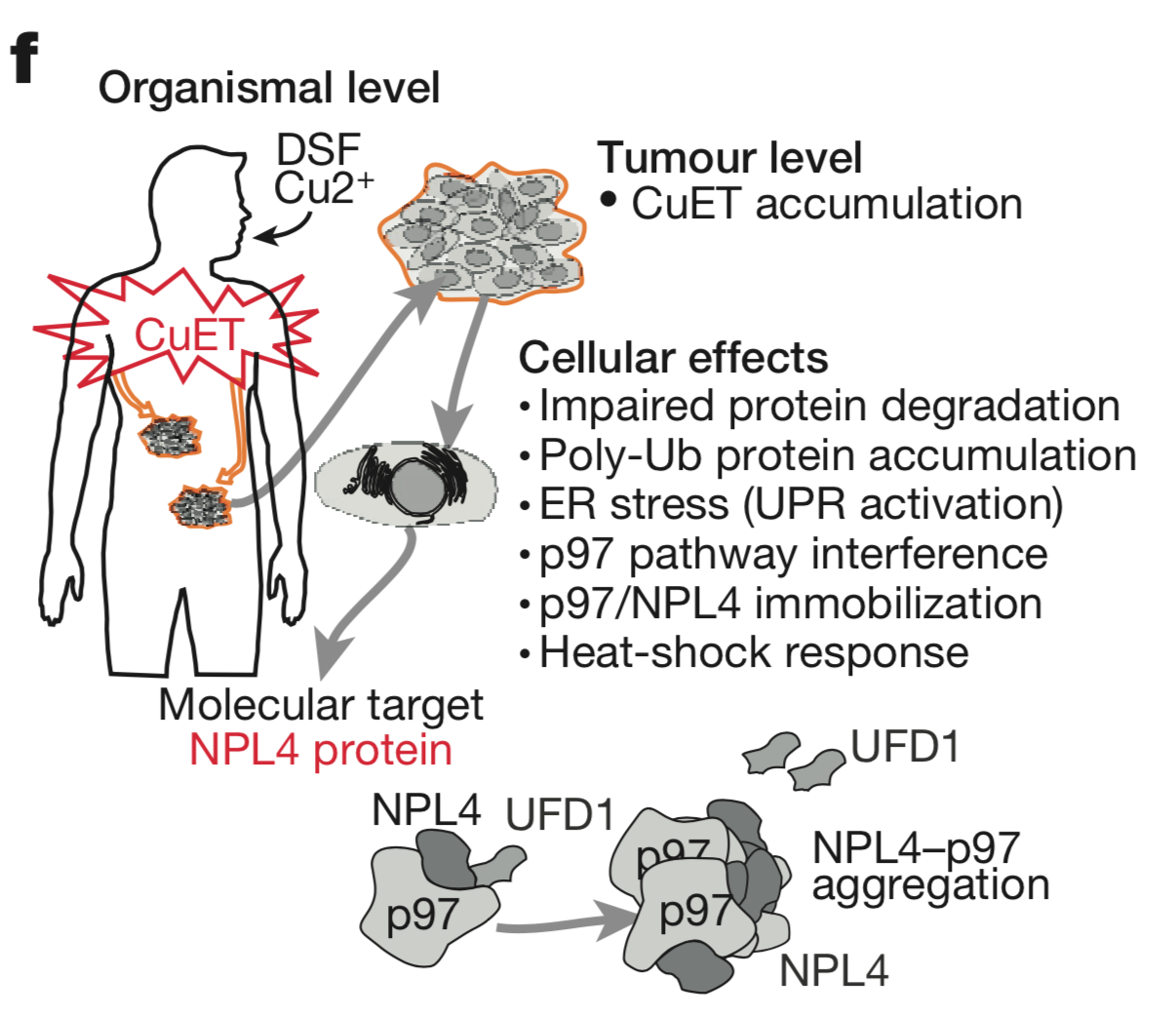Biology round up # 3 : The week's latest discoveries in Molecular Biology.
Dear Steemians,
In the last week's edition, we have seen synthetic biologists modify bases to create a new protein which folded and functioned properly for the first time; And found new connections between bones and lungs in terms of cells of the different cell types propagating cancers. These are new discoveries and pretty exciting ones; They address few problems we have been facing while dealing with malignant diseases and show us complexities in biology.
In this week we will wish the father of Modern Bacteriology a Happy Birthday; I personally feel inspired by is famous four postulates. His discoveries of causative agents of diseases such as Cholera, Tuberculosis and Anthrax were the basis for the current field of bacteriology. So let's start with this;
In the spirit and memory of Robert Koch; Here is a refresher on the four postulates.
- The organism must always be present, in every case of the disease.
- The organism must be isolated from a host containing the disease and grown in pure culture.
- Samples of the organism taken from pure culture must cause the same disease when inoculated into a healthy, susceptible animal in the laboratory.
- The organism must be isolated from the inoculated animal and must be identified as the same original organism first isolated from the originally diseased host.
SourceWikipedia
Weekly roundup December 10, 2017.
Evasion: How malaria escapes the immune system and gains an upper hand.
It is widely known that malaria is responsible for over a half million deaths annually. There have been efforts to study and overcome the burden of malaria spanning decades; As of yet, there are only a few established treatments and even fewer vaccines. Researchers are trying to address the complex mechanisms by which malaria evades the immune system.
A team led by Hisashi Arse have un-mystified the role or RIFIN proteins encoded by Plasmodium flaciparum. The brief is that;
- Host immune cells downregulate autoimmune responses by express-
ing diverse inhibitory receptors that are specific for self-antigens. - A subset of RIFINs binds to either leucocyte immunoglobulin-like receptor B1 (LILRB1) or leucocyte-associated immunoglobulin-like receptor 1 (LAIR1).
- Binding of LILRB1 to RIFINs inhibit the activation of LILRB1-expressing B cells and natural killer cells.
- In severe malaria-infected patients, There was the higher degree of-of interaction between RIFINs and LILRB1.
- They suggest that the parasite evades immune responses by targetting the immune inhibitory receptors.
Assembly: Constructing a whole plant protein complex in bacteria.
While cloning itself is not a new technique, It has been often used to produce small parts of the protein or a whole protein. In a recent article by Aigner et al., They have successfully for the first time demonstrated that it is possible to assemble large enzyme complexes.
The enzyme in question is RuBisCo; An enzyme that is involved in the first major step of carbon fixation. This plant enzyme catalyzes the carboxylation of ribulose-1,5-bisphosphate (also known as RuBP). Considering the number of photosynthetic organisms; It is probably the most abundant enzyme on Earth. It comes as no surprise that manipulating this enzyme to make it more catalytic could be used in transgenic crops.
They achieved it by constructing three independent operons; expressing a total of nine genes/proteins that make up the whole enzyme complex (holoenzyme). There were several previous attempts to do the same. The team later did a systematic analysis to identify that BSD2 a protein acts as a stabilizer and holds the complex together.
What I love about this article is that it has very simple molecular biology/Biochemistry techniques addressing a problem that remained elusive for a long time.
The short article can be accessed at Science.
How do tau-prions propagate?
This has been a long-standing question as prion diseases, misfolding of tau in particular and its propagation along the neural circuits are thought to result in degeneration. Using transgenic mice models Noah R. Johnson and colleagues from UCSF have dissected the pathology of tau protein expression and propagation.
Using a particular human mutant tau P301S; They have identified that the protein is usually deposited in the hindbrain and since there was no significant alteration in transcription between both the forebrain and hindbrain. This led to the use of cell-based prion propagation assay which identified a forebrain-derived inhibitor Sortilin was at least in part responsible for inhibition of tau replication in forebrain in-vivo.
The authors provide an insight and a potential model for identification of additional molecules that can mitigate levels of tau proteins in human tauopathies including Alzheimer's disease.
Repurposing: Finding new functions for old Drugs in the battle against cancer.
A new study led by the pioneer Jiri Bartek; has shown something unusually interesting. Disulfiram an old alcohol aversion drug has been shown to be effective against diverse cancer types. The researchers used a nationwide epidemiological survey to identify cancer risk in patients who had continued using disulfiram after their diagnosis versus the ones who had stopped using it. Upon further investigation in mouse models and based on previous observations; the group was able to identify that a metabolite of disulfiram ditiocarb-copper complex was responsible for the anti-cancer effects. They pursued to identify the molecular target of tumour suppression and were successful in identifying it as NPL4 and adaptor of the p97 segregate. This complex is important in several of the cells regular function.
Source: Nature
The article can be accessed at Proceedings of National Academy of Sciences; Link
The work on can be read in Nature
Image Sources:
Malaria Parasite : NIAID Flickr
Rubisco Plant: Laurent Echiniscus Link
Alzhimer's illusration : Eliza Fitzhugh
Please take time to visit the image galleries as it will encourage the respective authors. This article includes screenshots of the linked articles also. It is not my own work, Please check the articles for further details.
To be Continued!
This week we saw some simple experiments take center stage, and how looking to repurpose old drugs for new uses can save both time and research money. It has had been an exciting week communicating with #steemSTEM community I tried to add few more images as per suggestion by Erika. I hope to devote more time in coming weeks for communicating biology on the platform.
Cheers till then and Have a good week.
Do visit the steemSTEM community often.GIF by Nitesh9
- Host immune cells downregulate autoimmune responses by express-





wow thats cool
Wow this is great to know. I enjoyed readign your content. Thanks for sharing.
This post has received a 21.77 % upvote from @upmyvote thanks to: @harshameghadri. Send at least 1 SBD to @upmyvote with a post link in the memo field to promote a post! Sorry, we can't upvote comments.